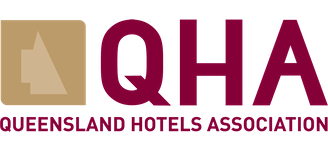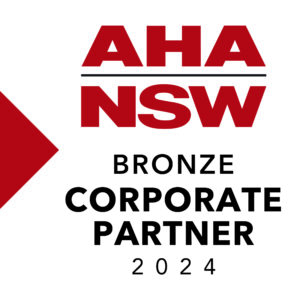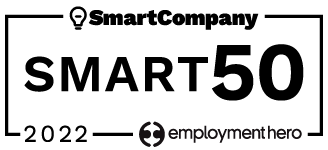The Fair Work Commission’s (FWC) latest decision coming into effect on July 1st will increase Australia’s minimum wage by 8.6% and award workers’ pay by 5.75%. This decision (which can be found in full detail here) is especially impactful for those in the hospitality industry, that have had wages increase by 10% in less than a year, thanks to last year’s 4.6% – 5.2% award increase being deferred until October 2022.
Unfortunately, this also comes at a time when costs of goods are rising, and the industry is still recovering from the impact of COVID-19 lockdowns and limitations. The recent Quantaco Industry Insights Report revealed that profitability is being negatively affected by rising costs. Despite an increase in sales, food profitability has decreased by 3%, and beverage profits are down 2%.
While Quantaco clients can expect a seamless transition as our team will be updating time and attendance systems and ensuring the new pay rates take effect. This additional 5.75% increase for team members on an award will be challenging for businesses to absorb without further impacting profitability.
Here are some of the ways you can try to tackle these increasing labour costs:
Manage Labour Costs with Quantaco’s Salesline
Specifically tailored to the needs of the hospitality industry and designed to help easily manage variable labour costs, Salesline is just one of the ways we empower our clients to make faster fact-based decisions.
Combat ‘over-rostering’
It’s common to come across rosters that are simply copied and pasted from week to week, creating a disconnect between labour and sales. This can result in having too many staff members (indicated by blue bars below) compared to the actual sales (represented by the orange line).

Creating an accurate sales forecast for the upcoming week, which considers all the factors that could potentially impact sales (such as weather, sporting events, and other events), can help build a more precise roster that follows the ebbs and flows of the trading day.
This means making sure that busy times are well-staffed and providing an excellent customer service, while slow periods aren’t costing you more than necessary in staffing costs.
Salesline utilises 24 months of historical sales data to generate a daily forecast for the upcoming week, both at the venue and area level, as well as for each class of sale on a daily basis. This can be helpful in setting the roster up for success even before the week begins.
Keeping a close eye on actual trading
It is then crucial to manage labour throughout the day to closely monitor costs. While forecasts are helpful, understanding the actual trading activity is essential for determining appropriate staffing levels.
In the following scenario, there were too many people (blue bars) on shift at the start and end of the day in comparison to sales (orange line). If this had been carefully monitored, the associated labour costs could have been reduced.

Salesline is integrated with the point of sale and time and attendance systems, providing operators with a near real-time view of sales and labour. This allows for a clear understanding of the labour on shift and opportunities to adjust staffing levels to match sales volume.
With Salesline, hospitality venues can reduce labour costs and maintain profitability even as the wage award increases.
If you are looking for other ways to unlock staffing potential, read our blog post here. Or, to learn more about Salesline for your hospitality business here.




